There are several ways to reach your audience on two of the largest social media networks, Facebook and LinkedIn. The question remains: Which one should you concentrate your efforts on?
Below, we’ll go over each platform’s advantages and disadvantages.
Facebook vs. LinkedIn for Business
Let’s briefly review.
At its foundation, LinkedIn is a professional network that was first developed as a tool for corporate hiring. Today, it offers features akin to those on conventional social media platforms, such as status updates, blogging tools, and private messaging.
Additionally, it’s the best platform for distributing content and ensuring audience participation.
On the other hand, Facebook was explicitly created as a platform for communication and sharing. Although the “sharing” component is its main selling point, it also has many other functions that help companies reach their target consumers.
In fact, according to a Facebook survey, 74% of American shoppers use the site to find new brands and goods.
LinkedIn and Facebook offer the Groups feature, which enables you to interact with others who share your interests, and they both have effective ad platforms.
What are the main distinctions between the two, considering their shared features? We’ll talk about those now.
In terms of sheer numbers, Facebook triumphs
The staggering 2.8 billion monthly active users (MAU) of Facebook make LinkedIn’s 64.7 million MAU appear insignificant.
According to Statista data from 2021, the largest age group on both sites is between the ages of 25 and 34. On the other hand, Facebook users span a more excellent age range, with 10% being either younger than 18 or older than 64.
This is because Facebook hosts the general public, whereas LinkedIn primarily serves professionals wishing to network.
Furthermore, according to HubSpot’s 2020 State of Marketing Report, out of 8 platforms, LinkedIn has the fourth-highest return on investment for marketers.
A more effective B2B platform is LinkedIn
As previously noted, business-minded people frequently visit LinkedIn. As a result, it’s a fantastic platform for firms that cater to businesses.
The reasons are as follows:
- Identifying important decision-makers is simple (and reaching them in ads).
- The platform has social selling integrated within it.
- Since the platform was created expressly for networking, it is more straightforward.
- In fact, according to eMarketer, LinkedIn accounts for 32% of all B2B display ad spending. However, we’ll cover advertisements further in this part.
Brands that seek to approach consumers directly could find Facebook to be more effective. Additionally, you have access to 10 times more prospects and a fantastic location to increase engagement with your business. Therefore, LinkedIn wins when creating actual leads, even though Facebook has the advantage in terms of numbers.
On LinkedIn, thought leadership occurs more naturally
One method for brands to increase their awareness and credibility is through thought leadership. According to Survey Monkey’s 2020 Thought Leadership Report, 66% of marketers rank it as one of their top priorities for their marketing team.
A thought leader’s duties include inspiring action, fostering dialogue, and educating others. The same study demonstrates how thought leadership programs boost website traffic, media mentions, subscribers, and other aspects of brand recognition and lead generation campaigns.
LinkedIn has an advantage regarding thought leadership publications—already built for commercial talks, the platform. As a result, thought leadership content can help brands succeed more than Facebook.
So let’s quickly review:
- Facebook advantages: a sizable user base, solid ROI
- Facebook’s shortcomings in terms of B2B Marketing
- pros of LinkedIn Business-driven platform, social networking and selling tools, and excellent thought leadership prospects
- Cons of LinkedIn: reduced user base
After giving the two platforms a brief overview, let’s examine some of their most critical business-related aspects in greater detail.
Facebook Groups vs. LinkedIn Groups
Enterprises can network and engage with prospects and other like-minded businesses using the Groups function on LinkedIn and Facebook.
However, it’s important to consider users’ intentions on various websites. There is a good possibility that people who interact with one another in LinkedIn Groups are linked to their jobs.
On the other hand, people are more inclined to express their personal opinions in Facebook Groups on anything, from politics and hobbies to lifestyle and food.
To choose the Groups feature that is appropriate for you, consider the audience you intend to reach.
For instance, Facebook Groups is the best option if you want to reach consumers interested in cooking because you’re selling the newest food blender.
LinkedIn Groups might be a better option if you offer a high-end service to top-tier management professionals.
Facebook ads vs. LinkedIn ads
Carousel, video, and lead advertising are just a few of the many ad types that Facebook and LinkedIn offer. Your ads can reach a broader audience on Facebook because of their excellent user base. Facebook also allows you to target users based on specific data, such as behavior or significant life events. However, LinkedIn provides its targeting options and excels at generating business leads.
Let’s finally talk about the advertising component of both sites.
Both platforms have very much reached parity in terms of variety.
While LinkedIn now offers several ad formats, including video, carousel, lead, dynamic, and Sponsored InMail advertisements, Facebook has long touted a wide variety of ad types (we’re talking canvas, carousel, video, dynamic, and lead ads to name a few).
Each provides an accessible ad manager. This implies that you may begin arranging your creative assets on a content marketing platform like Casted and then create your ad on either LinkedIn or Facebook in just a few simple steps.
If you believe Facebook can target a larger audience, you are correct. This does not, however, imply that LinkedIn needs more effective targeting options.
Both platforms prioritize user input and deliver adverts and content pertinent to their users’ data.
You can target individuals on Facebook and LinkedIn based on their job title, household income, firm, geography, and age. Facebook has an advantage in that you can target consumers more precisely based on their behavior, life stages, and other personalized data.
Both platforms also allow businesses to employ source audiences to connect with customers compared to their current clientele. LinkedIn refers to it as “Audience Expansion,” while Facebook refers to it as “Lookalike Audience.”
Finally, it’s critical to take the price into account.
On Facebook, you typically get more excellent value for your money. In contrast to Facebook, where the average cost-per-click is $0.97, LinkedIn ads have a staggering average cost-per-click of $5.26, according to WebFX.
But a more excellent price sometimes equals a more significant return on marketing investment (ROAS).
WHO WINNING? Your Choice
While Facebook and LinkedIn may have some similarities, it is apparent that they serve pretty distinct audiences and have very different goals.
Which one you choose to employ entirely depends on your sector, the audience you’re attempting to attract, and your marketing objectives.
It’s also crucial to remember that you can decide without making a decision. You could utilize Facebook to build brand awareness and interact with customers. At the same time, LinkedIn is used for a targeted lead-generating effort.

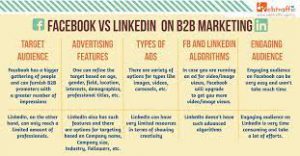
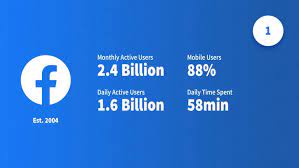

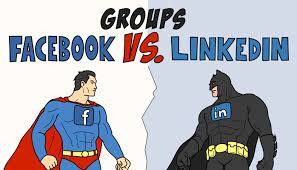
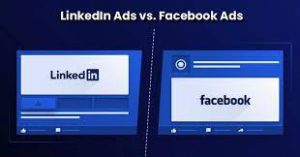
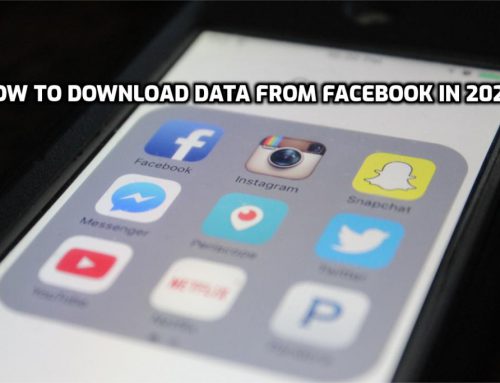
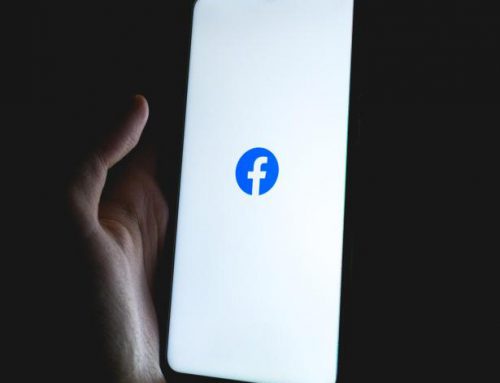
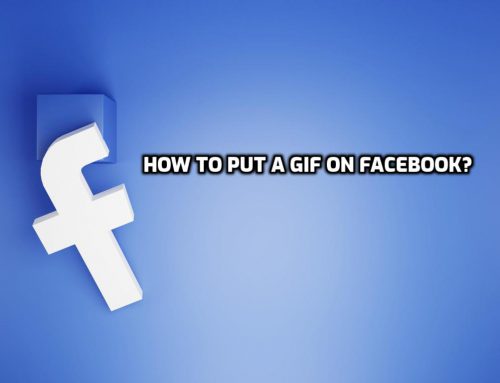
Leave A Comment